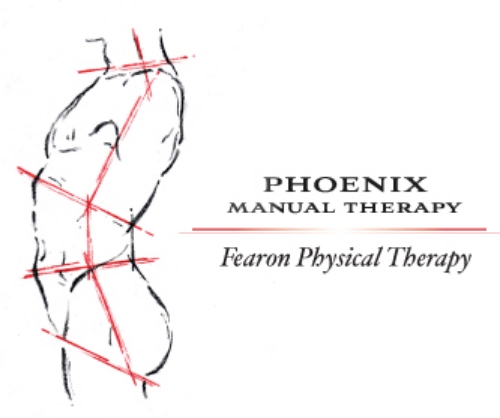Lumbo-Pelvic Spine Series
Jan 10-11 & Feb 7-8, 2026
The intent of this class is to develop a clinical reasoning process in orthopedic manual therapy concurrent with enhancing technique selection and delivery. The extended course concept intent is to fill the void between weekend classes with no accountability and formal residency or fellowship programs.
We have sought to make the offerings more granular allowing participants more flexibility in when they can take each component, both for reasons of time and affordability. This has necessitated splitting the Spine Series into two distinct courses that can be taken in series or in consecutive years. These are now referred to as The CervicoThoracic Series and The LumboPelvic series. The classes are most complete if the student takes the first 2 and the follow up 1 day therapeutic exercise class for the respective region.
Nearly all of the didactic material will be presented in an online format that will allow the student to complete this part of the class in their own time frame at home prior to each lab session. This liberates classes to move immediately into discussion and hands on time with minimal time devoted to lecture.
Course Principle
The Spine Series: Lumbopelvic runs for 2 separate weekends, with the Therapeutic Exercise in the Lower Quarter immediately following as a one day stand alone class which is highly recommended as the logical completion of the series. This allows those who would like to enhance their therapeutic exercise skill sets to take this section alone or to repeat this class without repeating the first 2 segments. We do not view it as reasonable to eliminate the pelvic attachment and essentials of the interface with the hip joint when examining the lumbopelvic region so these are integrated as well.
There will be online lecture and case presentation content that students will view prior to class gathering in person. The bulk of the class time can then be hands on practical application. The instructor/student ratio has never been more than 8/1, typically less. The classes will be approximately 1 month apart apart with reading and practice expectations in between sessions. The orientation is practical and case studies are an essential element.
Goal
The goal is to cover the entire spine as well as the relation to the shoulder and hip in a format that will encompass the Australian dynamic thinking model from assessment, treatment decisions for soft tissues and joints, technique selection, reassessment, treatment progression, self-treatment selection, therapeutic exercise, long-term management, education, and discharge. Integration of emerging evidence in manual therapy is an essential component of the class.
Objectives
At the completion of the course the student will:
Demonstrate understanding of a conceptual framework for clinical reasoning in orthopedic & manual therapy (OMT).
Propose the foundational concepts of clinical reasoning in OMT in the lower quarter region primarily focusing on the lumbar spine and hip.
Demonstrate understanding of the genuinely common clinical syndromes in the lumbar spine and lower quarter, and articulate the rapid recognition of them.
In the genuinely common clinical syndromes, articulate the variations that drive examination & treatment choices with or without the confirmation of a primary diagnostic.
Articulate the capacity to integrate foundational principles with actual patients who may include multiple dysfunctions beyond that of a singular diagnostic category.
Articulate signs and probable symptoms of common clinical syndromes in the lumbar spine and lower quarter.
Demonstrate the ability to analyze unrecognized clinical presentation patterns in the framework of clinical reasoning concepts that can be applied universally in musculoskeletal examination and treatment.
Deduce the decision process for determining how the exam determines the type, volume, and magnitude of treatment in all regions involved in the current patient presentation.
Demonstrate command of skills using accurate and informative feedback from your patients with each treatment session to enable progression of patient cases.
Engage the learner in intellectually honest endeavors to obtain the ability to apply the concepts to actual patient care beyond the theoretical constructs using an evidence informed methodology without rigid aPempts to adhere to algorithmic memorizaAon.
Develop recogniAon that the foundaAons of paAent care are mulA faceted with dependence upon each other. These foundaAonal elements are academic knowledge, understanding research for what it says and what it does not say, clinical experience and skill as a dominant need for paAent interface & clinical decision making, and paAent preference in decisions regarding care.

